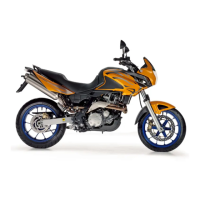
Do you have a question about the APRILIA PEGASO 650 FACTORY and is the answer not in the manual?
| Displacement | 652 cc |
|---|---|
| Transmission | 5-speed |
| Fuel System | Electronic fuel injection |
| Cooling System | Liquid cooled |
| Seat Height | 820 mm |
| Dry Weight | 168 kg |
| Fuel Capacity | 16 liters |
| Engine Type | Single cylinder, 4-stroke |
| Front Suspension | Upside-down fork |
| Front Brake | Single disc |
| Rear Brake | 240 mm disc |
| Power | 50 hp (37 kW) @ 6, 250 rpm |
Safety warnings regarding fuel handling, flammability, and disposal.
Instructions for starting the engine and beginning to ride.
Explanation of warning lights on the instrument panel.
Precautions for brake and clutch fluid, potential damage to surfaces, and eye safety.
General precautions and information for reporting safety-affecting defects.
Identification and location of the vehicle's main components.
Overview of the dashboard layout, including instruments and gauges.
Description of the analog instrument panel, including RPM indicator and digital display.
Explanation of the digital LCD display and its multifunction computer features.
Information on accessing the diagnostic menu for vehicle systems.
Explanation of the control buttons and access to the configuration menu.
Description of the MODE selector's positions and display functions.
How alarms are displayed on the instrument panel indicating causes.
Location and operation of the ignition switch, including its different positions.
Operation of the turn indicator switch for left and right turns.
How to operate the high/low beam selector switch for headlights.
Operation of the light switch for tail light, panel light, and low/high beam.
How to use the starter button to start the engine.
How to use the engine stop switch to turn the engine off.
Importance of performing preliminary checks before riding for safe operation.
Detailed checklist of checks to perform before riding the vehicle.
Step-by-step instructions for refueling the vehicle, including opening the tank cover.
Importance of the running-in period for engine durability and performance.
General precautions for riding, including object placement and environmental safety.
Instructions for safely moving off and riding, including passenger safety.
Procedure for stopping the engine safely and correctly.
Tips for preventing theft, including using locks and security devices.
Instructions to avoid injury or damage when mounting/dismounting or if the vehicle falls.
Procedure for safely getting off the vehicle.
How to check engine oil level, including precautions for warm/cold engines.
Procedure for topping up engine oil, with warnings about MAX/MIN levels.
How to check brake fluid levels for front and rear systems.
Procedure for topping up brake fluid, with warnings on spills and air exposure.
Importance of checking brakes before each ride and brake fluid recommendations.
Detailed specifications for the engine, including bore, stroke, and ignition.
Importance of adequate maintenance for vehicle longevity and performance.
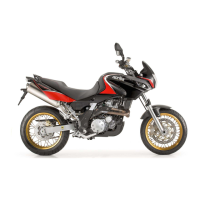


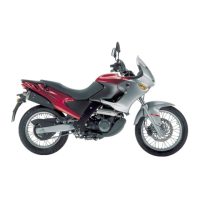

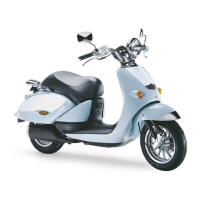
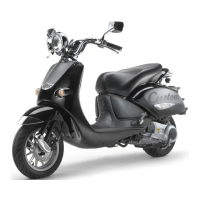
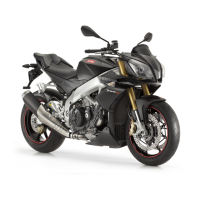
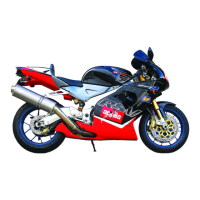
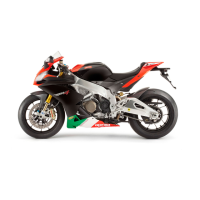
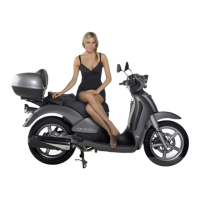
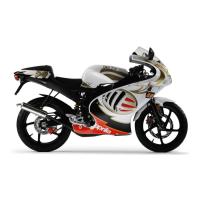
